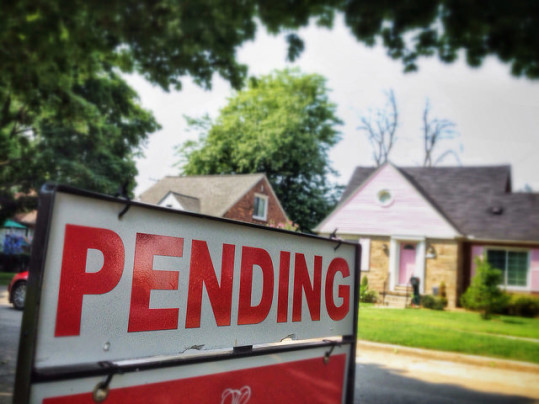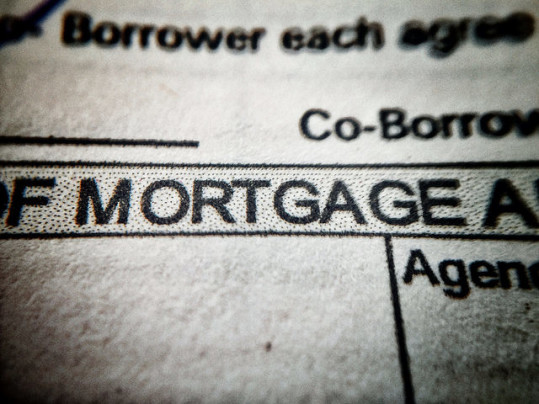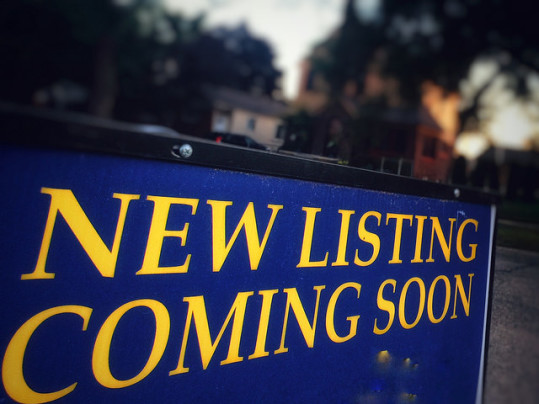Buying a home is a major financial transaction that involves piles of paperwork, years of savings, and the weight of new responsibilities. It’s also about your dreams, though. That’s why, no matter where you live, it can be fun to think about packing up and moving somewhere new. But where would you go, if you were to move away? Well, according to Freddie Mac’s most recent Multi-Indicator Market Index, the hottest housing market in the country right now is Dallas. The index – which compares current data to historical norms in all 50 states and the top 100 metropolitan areas – looks at things like home purchase applications, payment-to-income ratios, proportion of on-time mortgage payments, and the local job market in an effort to gauge how quickly individual housing markets have rebounded from their post-crash lows. Based on those factors, Dallas leads a list that includes Nashville, Honolulu, Ogden, UT, and Los Angeles among the cities that have the healthiest housing markets. But, despite booming markets in some areas of the country, there are others that are still climbing upward. “While we see strong house price growth in markets like Dallas, Houston, Orlando, Phoenix and others, most are still well below their pre-2008 peak and still have significant room for improvement,” Len Kiefer, Freddie Mac’s deputy chief economist, said. That means, whether you fantasize about a good deal in a far-off state or are looking to move to a hot spot closer to home, you’re only limited by your imagination. More here.
Archive for December 2016
Pending Home Sales Down In November
When an offer is accepted on a house, the closing process begins. During this time, the sale of that home is considered pending because it is under contract but not yet sold. The National Association of Realtors’ Pending Home Sales Index tracks these transactions because they are a good indicator of future sales of existing homes. In November, the index fell 2.5 percent from the month before. Lawrence Yun, NAR’s chief economist, says low inventory and higher rates affected sales during the month. “The budget of many prospective buyers last month was dealt an abrupt hit by the quick ascension of rates immediately after the election,” Yun said. “Already faced with climbing home prices and minimal listings in the affordable price range, fewer home shoppers in most of the country were successfully able to sign a contract.” So what does this mean for affordability conditions in 2017? Well, according to Yun, the effects of increasing mortgage rates should be subdued a bit by growing wages and a healthy job market. The more Americans feel secure with their jobs and income, the more likely they’ll be to enter the market regardless of interest rate increases. More new home construction could also help relieve affordability pressure by adding for-sale inventory to markets where there are more buyers than available homes, which would help slow price increases. More here.
Home Price Increases Show Signs Of Slowing
Among the many different indexes tracking home prices across the country, the S&P Case-Shiller U.S. National Home Price Indices is considered the leading measure. Its nearly three decades of historical data make it a trusted source for gauging home price trends. According to the most recent release, the national index – which covers all nine U.S. census divisions – found home prices up 5.6 percent from where they were last year at the same time. But despite the annual gains, month-over-month results show values relatively flat from one month earlier. In fact, compared to the month before, national home prices rose less than 1 percent in October. That suggests home price increases are beginning to slow, which could be good news for buyers who are concerned about the recent upswing in mortgage rates. But, though prices may be showing signs of slowing, David M. Blitzer, managing director and chairman of the index committee at S&P Dow Jones Indices, says they’re still rising faster than incomes. “Home prices and the economy are both enjoying robust numbers,” Blitzer says. “However, mortgage interest rates rose in November and are expected to rise further as home prices continue to outpace gains in wages and personal incomes.” More here.
November New Home Sales Beat Expectations
Estimates released by the U.S. Census Bureau and the Department of Housing and Urban Development show new home sales in November increased 5.2 percent from the month before. The improvement exceeded economists’ expectations and pushed sales 16.5 percent above last year’s level. Analysts believe the recent spike in sales of both new and existing homes may be due to the fact that mortgage rates have been rising over the past few weeks. Home buyers who may have otherwise waited until spring to buy a house may be shopping for a home this winter in hopes of locking in a lower mortgage rate. Whatever their motivation, though, new home buyers weren’t equally represented across the country. In fact, regional results show sales flat in the Northeast and down 3.1 percent in the South. On the other hand, new home sales were up 7.7 percent in the West and surged 43.8 percent in the Midwest. Also in the report, the number of new homes for sale rose 1.6 percent to the highest level since 2009. This is good news for prospective buyers, as an increasing number of new homes for sale could begin to relieve upward pressure on home prices, which would help counteract the impact higher mortgage rates have on affordability. More here.
Home Sales Hit Fastest Pace Since 2007
Sales of previously owned homes rose for the third consecutive month in November, reaching their highest sales pace since February 2007. The 0.7 percent gain in November put home sales 15.4 percent above where they were at the same time last year. Lawrence Yun, NAR’s chief economist, says the housing market has been helped by a healthy job market and the expectation that mortgage rates would rise. “The healthiest job market since the Great Recession and the anticipation of some buyers to close on a home before mortgage rates accurately rose from their historically low level have combined to drive sales higher in recent months,” Yun said. “Furthermore, it’s no coincidence that home shoppers in the Northeast – where price growth has been tame all year – had the most success last month.” In fact, regional results show the Northeast saw an 8 percent improvement in November, while the South, Midwest, and West were relatively flat from the previous month. Also in the report, the typical home for sale last month was on the market 43 days, which is considerably faster than last year when homes stayed on the market an average of 54 days. More here.
Home Buyers Come Out Despite Higher Rates
According to the Mortgage Bankers Association’s Weekly Applications Survey, average mortgage rates rose yet again last week. In fact, rates were up across all loan categories, including 30-year fixed-rate mortgages with both conforming and jumbo balances, loans backed by the Federal Housing Administration, and 15-year fixed-rate loans. But despite higher rates, the number of Americans requesting applications for home loans rose from the week before. Michael Fratantoni, MBA’s chief economist, told CNBC that application demand may have bumped up in anticipation of the Fed raising interest rates last week. “Mortgage rates increased at least partially as a result of the Federal Reserve’s rate hike and move to a slightly more hawkish stance,” Fratantoni said. “Borrowers may have gotten applications into their lender in advance of the FOMC announcement, as most observers anticipated an increase in the Fed’s rate target at the December meeting.” Still, though the Fed did raise rates, average mortgage rates are still well below their historical norm – meaning there are still opportunities for homeowners looking to refinance or buyers hoping to lock in a low rate. The MBA’s weekly survey has been conducted since 1990 and covers 75 percent of all retail residential mortgage applications. More here.
Will Low Inventory Affect Your Home Search?
If you’ve followed the housing market at all this year, you’ve likely heard something about inventory. Inventory refers to the number of homes available for sale. This year, it’s been lower than usual. And, when for-sale inventory is low and buyer demand is high – as it’s been this year – prices rise and sellers hold most of the negotiating power. In many markets, that has been the story this year. However, according to a new analysis from Trulia, whether or not low inventory will affect a buyer’s home search depends on where that buyer is looking and what kind of home they’re looking to buy. For example, starter homes had the largest drop in inventory last year, falling 10.7 percent. On the opposite end of the spectrum, the number of high-end homes for sale only fell 3.7 percent. Naturally, that means a first-time buyer looking for an affordable home may have fewer homes to choose from than a luxury home buyer. However, it also depends on where you live. According to Trulia’s analysis, markets in the Southwest and Southeast have generally been adding enough homes for sale to keep up with buyer demand. In fact, Trulia’s research shows double-digit increases in the number of homes for sale in some markets, especially in states like Florida and California. That could be an indication that we’ll see inventory begin to improve in more markets next year. More here.







